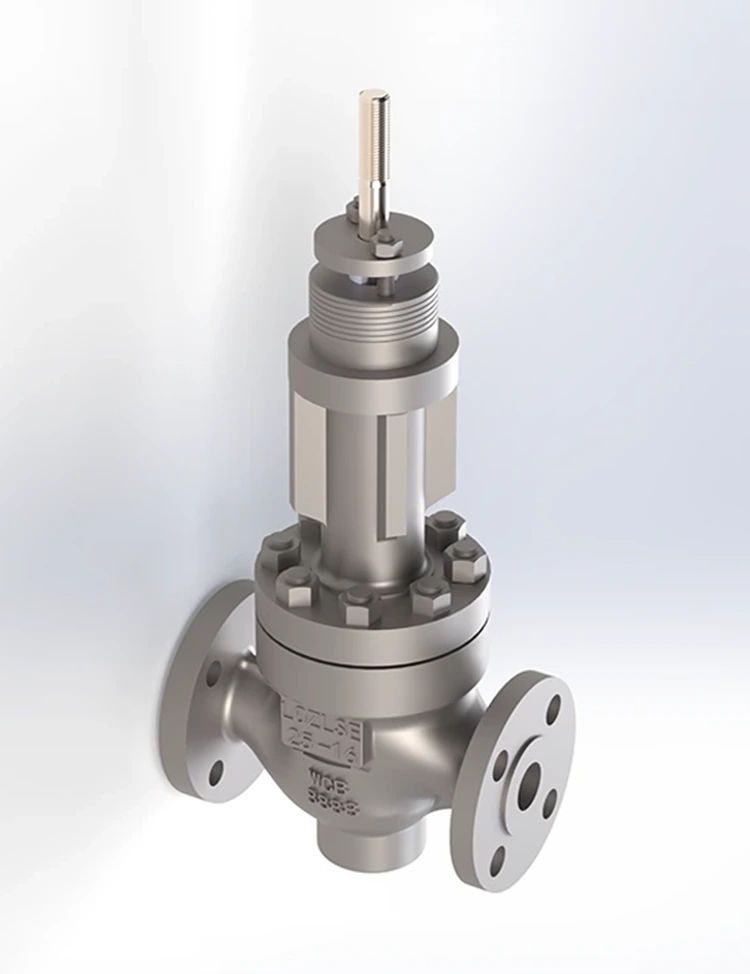How to Test Single Seat Control Valve
2025-08-06
Proper testing of Single Seat Control Valves ensures optimal performance and longevity in industrial applications. At Lozose, we manufacture precision control valves that meet stringent quality standards, and our testing procedures reflect this commitment to excellence.
Essential Parameters for Testing Single Seat Control Valves
Testing a single-seat control valve requires evaluating multiple performance characteristics. Our factory-developed procedures assess these critical parameters:
Key Testing Components:
-
Leakage Rate: Measured according to ANSI/FCI 70-2 Class IV standards
-
Stem Travel: Verified against manufacturer specifications
-
Actuator Performance: Assessed for proper thrust and speed
-
Seat Tightness: Evaluated using pneumatic or hydrostatic methods
Standard Test Specifications:
| Test Parameter | Acceptance Criteria | Test Method |
|---|---|---|
| Full Stroke Time | ±10% of specification | Travel time measurement |
| Seat Leakage | ≤0.01% of rated capacity | Air or water pressure test |
| Hysteresis | ≤3% of span | Signal reversal test |
| Dead Band | ≤1% of span | Step response test |
| Pressure Containment | 1.5x rated pressure for 5 min | Hydrostatic test |
Step-by-Step Testing Procedure for Conventional Series Control Valve
The testing process for Conventional Series Control Valve follows a systematic approach to ensure all components function correctly:
Begin with visual inspection of all valve components, checking for surface defects or damage. Our quality team examines the body, trim, and actuator for any signs of improper machining or assembly. Next, perform a bench set verification to confirm the valve's mechanical movement matches the design specifications.
Pressure testing comes next, where we subject the valve to both hydrostatic and pneumatic tests. The hydrostatic test verifies body integrity at 1.5 times the maximum working pressure, while the pneumatic test checks seat tightness using air pressure. For control valves, we then conduct performance testing with the actuator connected, verifying response time, hysteresis, and dead band characteristics.
Frequently Asked Questions
1. What equipment is needed to test a Single Seat Control Valve?
Basic testing requires a pressure source, calibrated pressure gauges, flow measurement devices, and a signal generator. For comprehensive testing, our factory uses specialized valve test benches that simulate actual operating conditions.
2. How often should control valves be tested in service?
We recommend performance testing every 12 months for critical applications, or during every planned shutdown for severe service conditions. Routine maintenance checks should include basic stroking tests every 3-6 months.
3. Can you test a control valve without removing it from the pipeline?
While some basic checks like stroke testing can be done in-line, comprehensive testing requires removal from service. Our Conventional Series Control Valve designs allow for relatively easy removal and reinstallation to facilitate testing.
For professional assistance with your control valve testing needs, contact us at Zhejiang Lozose Intelligent Control Instrument Co., Ltd. Our engineering team can provide customized testing protocols for your specific single-seat control valve applications.



